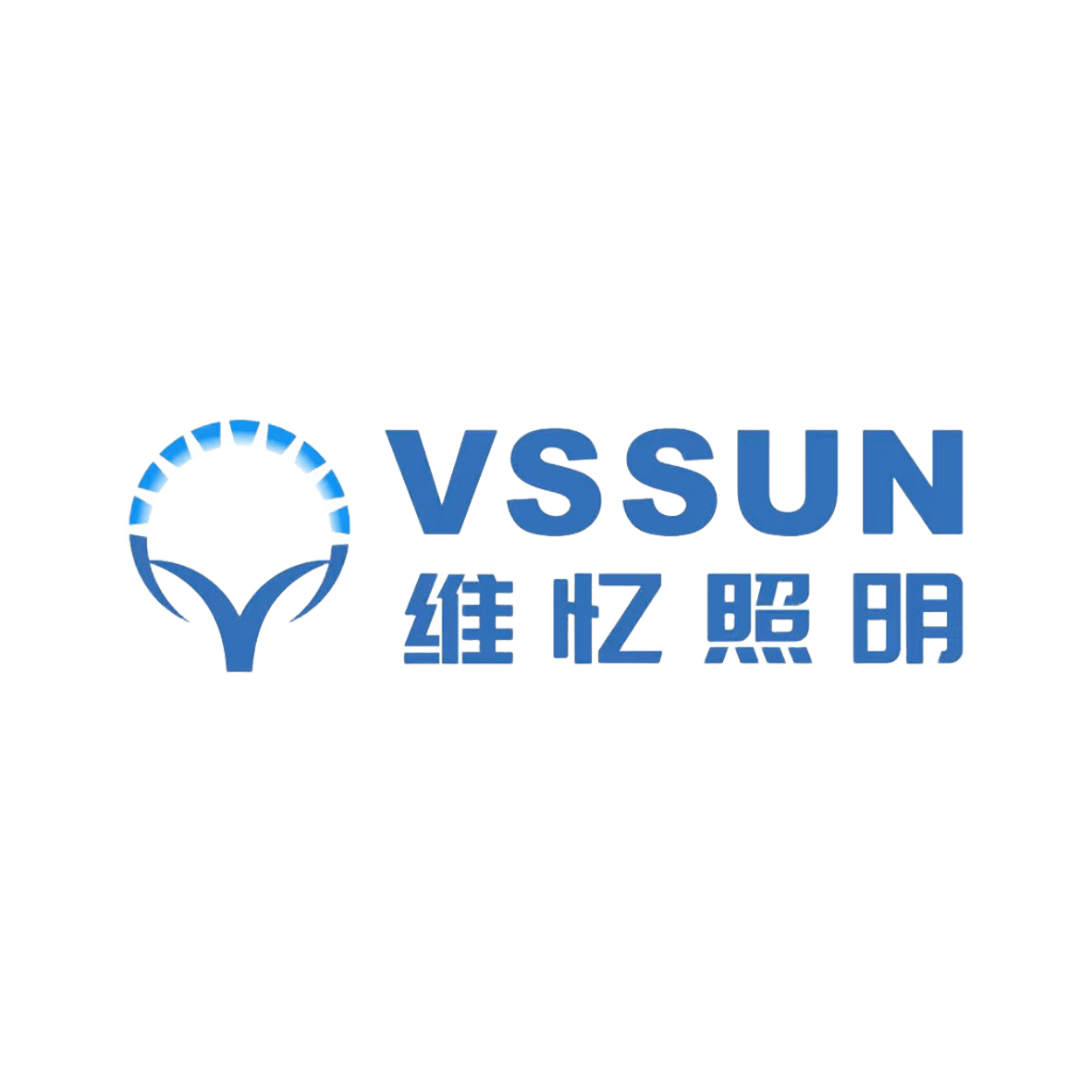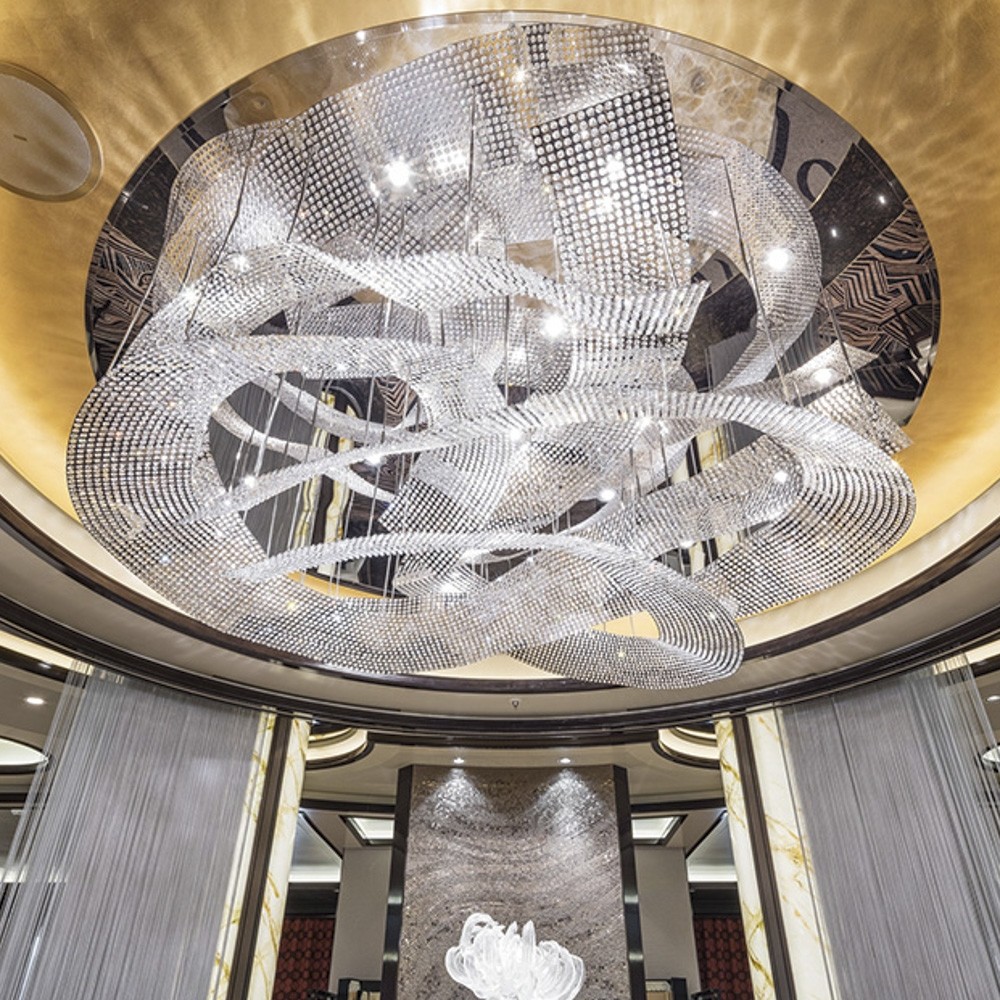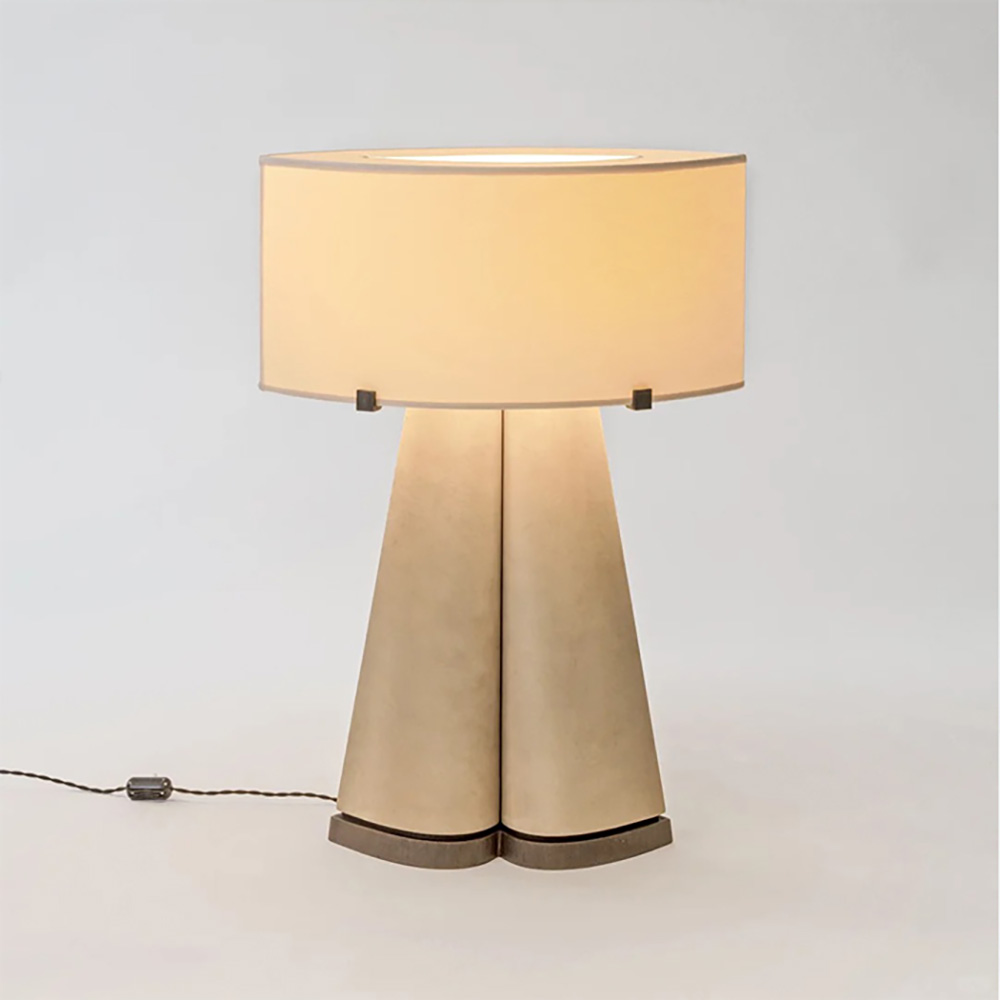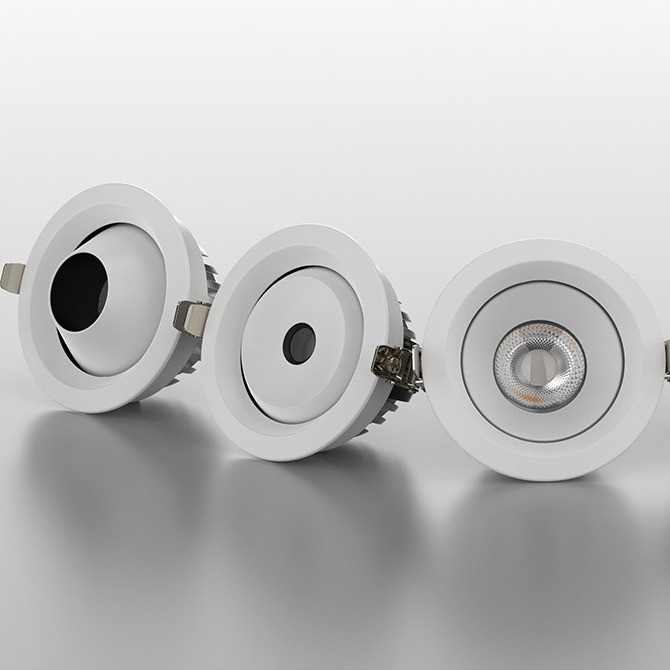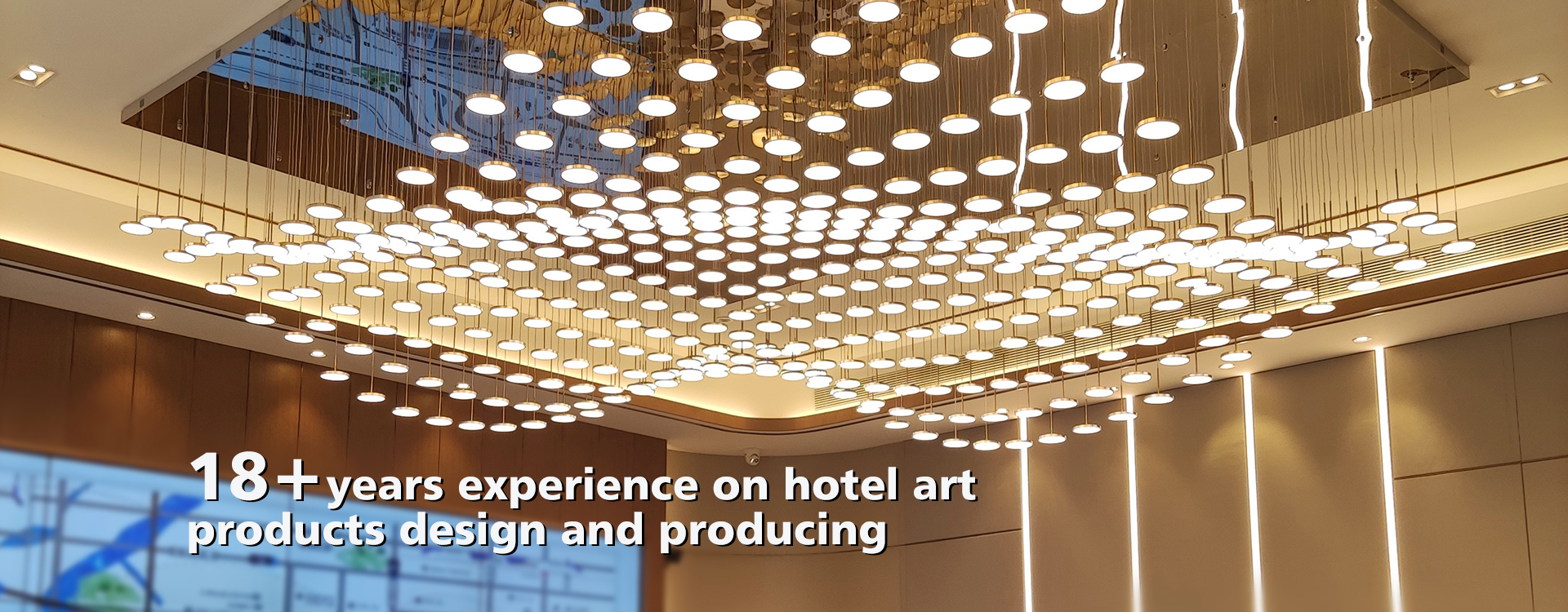Title: The Future of Lighting: Innovations and Trends in the Lighting Industry
Introduction
The lighting industry has undergone significant transformations over the past few decades, driven by advancements in technology, increasing environmental concerns, and changing consumer preferences. From the traditional incandescent bulbs to the modern LED and smart lighting solutions, the industry has evolved to meet the demands of a rapidly changing world. This article explores the latest innovations, trends, and future prospects in the lighting industry, providing insights into how companies can stay ahead in this competitive market.
The Evolution of Lighting Technology
The journey of lighting technology began with the invention of the incandescent bulb by Thomas Edison in the late 19th century. For over a century, incandescent bulbs were the primary source of artificial light. However, their inefficiency and short lifespan led to the development of more energy-efficient alternatives.
The introduction of Compact Fluorescent Lamps (CFLs) in the 1980s marked a significant shift in the industry. CFLs were more energy-efficient and had a longer lifespan compared to incandescent bulbs. However, they contained mercury, which posed environmental and health risks.
The real game-changer came with the advent of Light Emitting Diodes (LEDs). LEDs are highly energy-efficient, have a long lifespan, and are environmentally friendly. They have become the preferred choice for both residential and commercial lighting applications. The LED market has grown exponentially, and it is expected to continue its upward trajectory in the coming years.
Smart Lighting: The Next Frontier
As the world becomes increasingly connected, the lighting industry is embracing the Internet of Things (IoT) to create smart lighting solutions. Smart lighting systems allow users to control their lights remotely through smartphones, tablets, or voice-activated assistants like Amazon Alexa and Google Home. These systems offer a range of features, including dimming, color changing, and scheduling, providing users with greater convenience and energy savings.
One of the key drivers of smart lighting adoption is the growing demand for energy efficiency and sustainability. Smart lighting systems can be integrated with sensors and automation technologies to optimize energy usage. For example, lights can be programmed to turn off automatically when a room is unoccupied or adjust their brightness based on natural light levels.
Moreover, smart lighting is playing a crucial role in the development of smart cities. Municipalities are deploying smart street lighting systems to enhance public safety, reduce energy consumption, and lower maintenance costs. These systems can be equipped with sensors to monitor traffic, air quality, and other environmental parameters, contributing to the overall efficiency of urban infrastructure.
Human-Centric Lighting: Enhancing Well-Being
Another emerging trend in the lighting industry is human-centric lighting (HCL). HCL focuses on the impact of light on human health, well-being, and productivity. Research has shown that light has a profound effect on our circadian rhythms, which regulate sleep-wake cycles, mood, and cognitive performance.
HCL systems are designed to mimic the natural progression of daylight, providing the right light at the right time. For instance, cooler, brighter light in the morning can help boost alertness and productivity, while warmer, dimmer light in the evening can promote relaxation and prepare the body for sleep.
The adoption of HCL is gaining traction in various sectors, including healthcare, education, and workplaces. In healthcare settings, HCL can improve patient outcomes by promoting faster recovery and reducing stress. In educational institutions, it can enhance students' concentration and learning performance. In office environments, HCL can boost employee productivity and well-being.
Sustainability and Circular Economy
Sustainability has become a key focus in the lighting industry, driven by the need to reduce carbon emissions and minimize environmental impact. Companies are increasingly adopting sustainable practices, from product design to end-of-life management.
One of the significant challenges in the lighting industry is the disposal of lighting products, particularly those containing hazardous materials like mercury. To address this issue, companies are embracing the principles of the circular economy, which emphasizes the reuse, recycling, and refurbishment of products and materials.
For example, some companies are developing modular lighting products that allow for easy replacement of components, extending the product's lifespan and reducing waste. Others are implementing take-back programs to collect and recycle used lighting products, ensuring that valuable materials are recovered and reused.
In addition to product design, companies are also focusing on sustainable manufacturing processes. This includes reducing energy consumption, minimizing waste, and using eco-friendly materials. By adopting sustainable practices, companies can not only reduce their environmental footprint but also enhance their brand reputation and appeal to environmentally conscious consumers.
The Role of Government Regulations and Standards
Government regulations and standards play a crucial role in shaping the lighting industry. In many countries, regulations have been implemented to phase out inefficient lighting technologies and promote the adoption of energy-efficient alternatives.
For instance, the European Union's Ecodesign Directive and Energy Labeling Regulation have set stringent requirements for the energy efficiency and environmental performance of lighting products. These regulations have accelerated the transition to LED lighting and driven innovation in the industry.
Similarly, in the United States, the Energy Independence and Security Act (EISA) of 2007 established energy efficiency standards for light bulbs, leading to the phase-out of incandescent bulbs and the widespread adoption of CFLs and LEDs.
In addition to regulations, industry standards and certifications also play a vital role in ensuring the quality and performance of lighting products. Organizations like the International Electrotechnical Commission (IEC) and the Illuminating Engineering Society (IES) develop standards that guide the design, testing, and performance of lighting products. Compliance with these standards is essential for companies to gain market acceptance and build consumer trust.
The Impact of COVID-19 on the Lighting Industry
The COVID-19 pandemic has had a profound impact on the global economy, and the lighting industry is no exception. The pandemic has disrupted supply chains, delayed projects, and altered consumer behavior. However, it has also created new opportunities for innovation and growth.
One of the notable trends during the pandemic has been the increased demand for UV-C disinfection lighting. UV-C light has been proven effective in killing viruses, bacteria, and other pathogens, making it a valuable tool in the fight against COVID-19. As a result, many lighting companies have expanded their product portfolios to include UV-C disinfection solutions for healthcare facilities, schools, offices, and public spaces.
The pandemic has also accelerated the adoption of smart lighting and IoT technologies. With more people working from home, there has been a growing demand for smart home lighting systems that offer convenience, energy efficiency, and enhanced well-being. In commercial settings, smart lighting systems are being used to create safer and more flexible workspaces, with features like occupancy sensing and touchless controls.
Future Prospects and Opportunities
The future of the lighting industry looks promising, with numerous opportunities for growth and innovation. As technology continues to advance, we can expect to see even more sophisticated lighting solutions that offer greater energy efficiency, connectivity, and customization.
One of the key areas of focus will be the integration of lighting with other smart building systems. By combining lighting with HVAC, security, and building management systems, companies can create fully integrated smart buildings that optimize energy usage, enhance occupant comfort, and improve operational efficiency.
Another area of opportunity is the development of Li-Fi (Light Fidelity) technology. Li-Fi uses light waves to transmit data, offering faster and more secure wireless communication compared to traditional Wi-Fi. While still in the early stages of commercialization, Li-Fi has the potential to revolutionize the way we connect to the internet, particularly in environments where radio frequency interference is a concern.
In addition to technological advancements, the lighting industry will continue to be shaped by sustainability and environmental considerations. Companies that prioritize sustainability in their product design, manufacturing processes, and business practices will be well-positioned to succeed in the evolving market.

Conclusion
The lighting industry is at the forefront of technological innovation, driven by the need for energy efficiency, sustainability, and enhanced well-being. From smart lighting and human-centric lighting to UV-C disinfection and Li-Fi, the industry is continuously evolving to meet the demands of a changing world.
As we look to the future, companies that embrace innovation, prioritize sustainability, and adapt to changing consumer preferences will be well-positioned to thrive in this dynamic and competitive market. By staying ahead of the trends and leveraging the latest technologies, the lighting industry can continue to illuminate the path to a brighter and more sustainable future.
